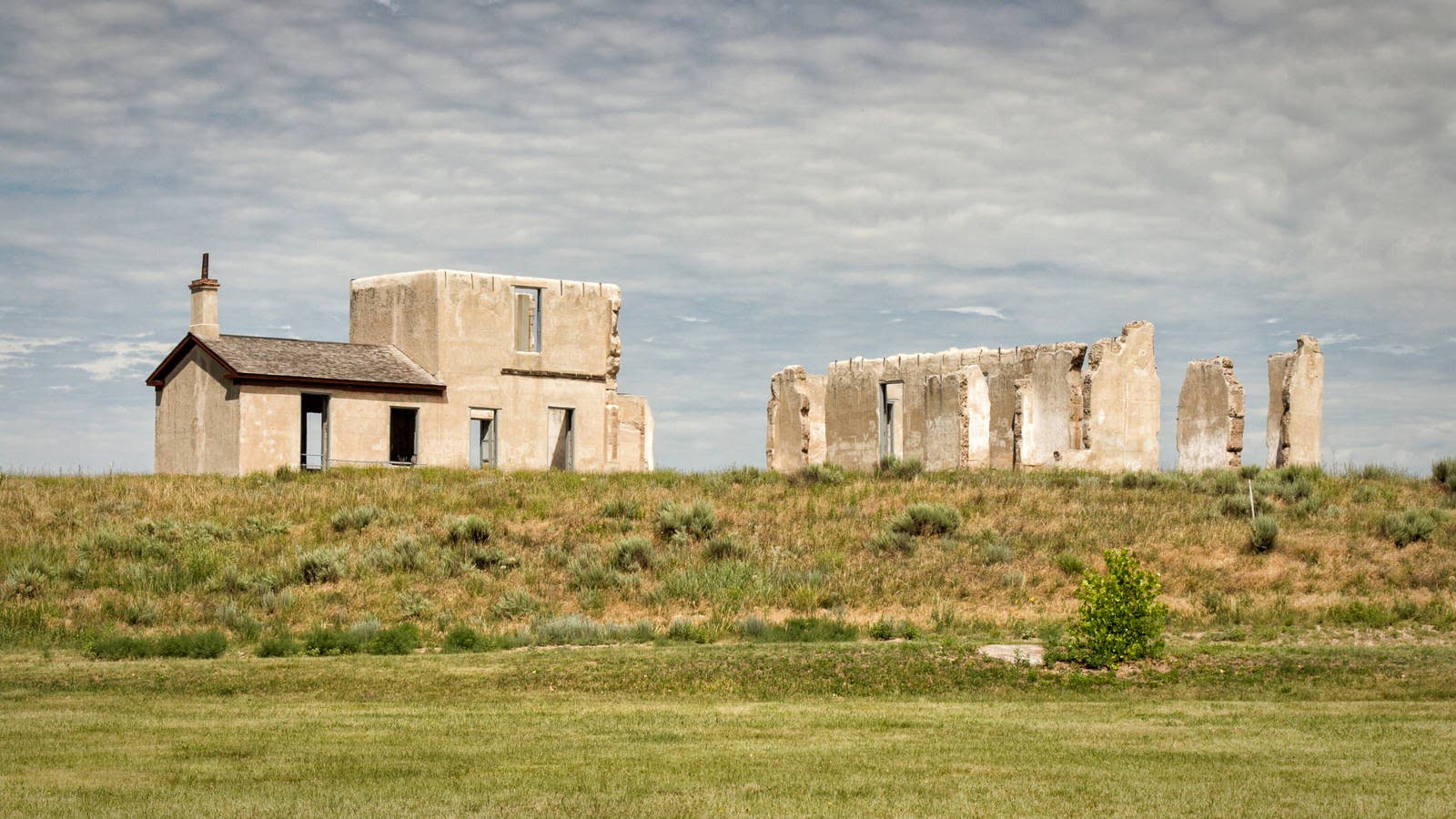Fort Laramie National Historic Site – Wyoming’s Frontier Military Post

Fort Laramie National Historic Site in Wyoming offers a glimpse into America's frontier past. Established in 1834, it served as a fur trading post before becoming a military outpost. Visitors can explore restored buildings, including officers' quarters, barracks, and a guardhouse. Walking through these structures, you can almost hear the echoes of soldiers and pioneers who once passed through. The site also features interpretive trails and exhibits that tell stories of Native American tribes, traders, and settlers. Whether you're a history buff or just curious about the Old West, Fort Laramie provides an engaging experience for all ages.
Fort Laramie: A Glimpse into the Past
Fort Laramie National Historic Site in Wyoming offers a fascinating look into America's frontier days. Once a bustling military post, it played a crucial role in westward expansion. Let's explore some of the must-see spots within this historic site.
The Old Guardhouse
The Old Guardhouse stands as a testament to the fort's military past. This building once held soldiers who broke the rules or needed a place to stay while awaiting trial.
- Guardhouse Cells: Step inside the cells where soldiers were confined. Feel the eerie atmosphere and imagine life behind bars.
- Exhibit Rooms: Learn about the fort's history through exhibits showcasing artifacts, uniforms, and weapons.
The Commanding Officer's Quarters
The Commanding Officer's Quarters offers a peek into the life of the fort's highest-ranking officer. This well-preserved building reflects the elegance and status of its former occupants.
- Living Room: Admire the period furniture and decor that once graced the living room. Picture the social gatherings and important meetings held here.
- Dining Room: See the dining room where the commanding officer entertained guests. The table settings and fine china transport you back in time.
The Barracks
The Barracks housed the enlisted men who served at Fort Laramie. These buildings provide insight into the daily lives of the soldiers stationed here.
- Sleeping Quarters: Walk through the sleeping quarters where soldiers rested after long days of duty. Notice the simple bunks and sparse furnishings.
- Mess Hall: Visit the mess hall where soldiers shared meals. Imagine the camaraderie and conversations that took place over hearty meals.
The Sutler's Store
The Sutler's Store was the fort's general store, offering goods and supplies to soldiers and civilians alike. This bustling hub of activity was essential to fort life.
- Storefront: Check out the storefront, stocked with period-appropriate goods. From clothing to food, see what was available to the fort's inhabitants.
- Trading Post: Learn about the trading post's role in the fort's economy. Discover how goods were traded and bartered in the frontier days.
The Hospital
The Hospital at Fort Laramie provided medical care to soldiers and civilians. This building highlights the challenges and advancements in frontier medicine.
- Surgical Room: Step into the surgical room where doctors performed operations. The tools and equipment on display give a glimpse into 19th-century medical practices.
- Patient Wards: Walk through the patient wards where the sick and injured were treated. Imagine the care and recovery process in this historic setting.
The Parade Ground
The Parade Ground served as the heart of Fort Laramie, where soldiers drilled and ceremonies took place. This open space remains a focal point of the historic site.
- Drill Field: Stand on the drill field where soldiers practiced their maneuvers. Picture the disciplined routines and formations that once filled this area.
- Flagpole: Visit the flagpole, a symbol of the fort's military presence. Imagine the pride and patriotism as the flag was raised each day.
The Cavalry Barracks
The Cavalry Barracks housed the horse-mounted troops who played a vital role in the fort's operations. These buildings offer a unique perspective on the cavalry's life.
- Stables: Explore the stables where horses were kept and cared for. Learn about the importance of horses in military strategy and daily life.
- Troop Quarters: See the troop quarters where cavalrymen lived. The displays provide insight into their routines and responsibilities.
The Fort Cemetery
The Fort Cemetery is a somber reminder of the lives lost during Fort Laramie's active years. This resting place honors soldiers, civilians, and Native Americans.
- Gravesites: Walk among the gravesites and pay respects to those who served and lived at the fort. Reflect on the sacrifices made during this tumultuous period.
- Memorials: View the memorials dedicated to the fort's fallen. These markers tell the stories of bravery and loss that shaped Fort Laramie's history.
Fort Laramie: A Glimpse into the Past
Fort Laramie National Historic Site offers a unique window into America's frontier history. Walking through the grounds, visitors can almost hear the echoes of soldiers, traders, and Native Americans who once roamed these lands. The historic buildings and artifacts provide a tangible connection to the past, making it a must-visit for history buffs and curious travelers alike.
Exploring the fort, you'll find informative exhibits and guided tours that enrich your understanding of this pivotal location. The scenic surroundings add to the experience, offering a peaceful backdrop to your historical journey.
Whether you're interested in military history, the westward expansion, or just looking for a unique day trip, Fort Laramie has something to offer. Plan your visit and step back in time to experience a piece of America's rich heritage.

